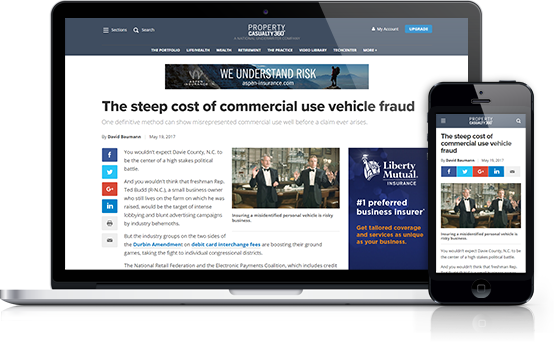Are standards the Holy Grail for insurers? There may not be a perfect system yet, but most CIOs and industry observers we talked to believe that insurance has grown to a point that carriers cant afford to use proprietary communication channelsnot if they want to keep connected to their agents and the global insurance market.Adapting industry-wide standards for data communication may mean diminishing some of your companys competitive advantage, but the long-term reduction in costs for you and your business partners can more than make up for that.The Holy Grail itself appears to have been written in extensible markup language (XML). As Jamie Bisker, acting director of insurance practices for the Tower Group (www.towergroup.com), said, XML will pave the path for all financial services, and all of them will be that much better off.How important are standards to insurers? Guy Mills, assistant vice president of information systems for Manulife (www.manulife.com), sees several advantages. For one, they reduce the number of proprietary software packages floating around. Standards help software companies make investments so their products are attractive to more than just one company, he said. Thats beneficial to both sides: Most software companies dont have the capital that insurance carriers have, but there are benefits to the carriers as well. Carriers are tired of spending large sums of money on customized software, Mills said. This helps spread the cost.Jim Williams, CIO of Royal & Sun Alliance (www.royalsunalliance.com) agrees. Standards have saved us a lot of money, he said. They allow us to communicate and work with multiple vendors and agents. He said the movement to XML will be a major breakthrough for financial services in general. XML standards not only apply to insurance, but to the financial community as well. It will allow a sharing of information back and forth with our partners in insurance and outside the industry with other business partners, he said.Diana Beecher, senior vice president and CIO of Travelers (www.travelers .com), said standards are not an absolute in insurance. You can find ways of getting by, she said. She just doesnt recommend that course. Business flow can be easier and more efficient, and the industry operates better overall with [standards], Beecher said. The more simply and efficiently standards work, the better off the whole industry finds itself.Companies looking for the long term viability of their operation need a common ground for communication, according to Dave Peters, assistant director of information technology for the Principal Financial Group (www.principal.com). If you have a large number of trading partners, you need a convergence of standards, not only for business product lines, but across industries, he said.
A Check-Box ItemThe proof of how valuable standards can be is usually found when a carrier adds a new piece of software to its system. Peters said there are times when you need them and when you dont. It depends on the niche you need to fill, he said. Point to point relationships are expensive and hard to maintain. Our strategy has been to go to the ACORD XML standards.Williams feels it is a collaborative effort on both sides. Where were heading is more and more in that direction, he said. Buying standard-compliant software is just as important as cost savings, he added.For Manulife, there is no debate. Compliance with standards is a check-box item when dealing with a potential vendor partner. Most carriers wont consider (vendors) if they dont use standards, Williams said. He adds that standards are not the most important part of any software purchase, but vendors better be prepared to comply in some range if they expect to win the contract. For Manulife, it is a financial decision. Standards are a good investment, he said. It saves people from reinventing the wheel.Beecher says that the important thing for carriers is to be able to build a gateway between any new products and the rest of the system. It is more time consuming to build an infrastructure than it is to build a bridge, she said. Making new products compliant is not a major problem for her IT department, particularly if the product is one worth adding. Its easier to build a gateway than it is to restructure, she said.












 Copyright © 2025 ALM Global, LLC. All Rights Reserved.
Copyright © 2025 ALM Global, LLC. All Rights Reserved.